Apple’s macOS operating system is known for its stability and features, but it wasn’t always this way. Throughout the history of macOS (and OS X before it), there have been some real stinkers that Apple would probably rather we all forgot about. Yet there have also been some classic versions that still live fondly in the memories of Mac users new and old.
- Worst: OS X 10.0 Cheetah (2001)
- Best: OS X 10.4 Tiger (2005)
- Best: OS X 10.6 Snow Leopard (2009)
- Worst: OS X 10.7 Lion (2011)
- Best: OS X 10.8 Mountain Lion (2012)
- Worst: OS X 10.10 Yosemite (2014)
- Best: macOS 10.12 Sierra (2016)
- Worst: macOS 10.13 High Sierra (2017)
- Best: macOS 10.14 Mojave (2018)
- Worst: macOS 10.15 Catalina (2019)
In this article, we’ve picked five of the best versions of Apple’s Mac operating system, as well as five of its worst, presented in chronological order. We’ve started with the launch of OS X 10.0 in 2001 and continued right up to the present, past the operating system’s rebranding as macOS in 2016. If Windows is your speed, we’ve also ranked the best Windows versions of all time. Let’s explore Apple’s greatest hits — and some of its worst howlers.
Worst: OS X 10.0 Cheetah (2001)
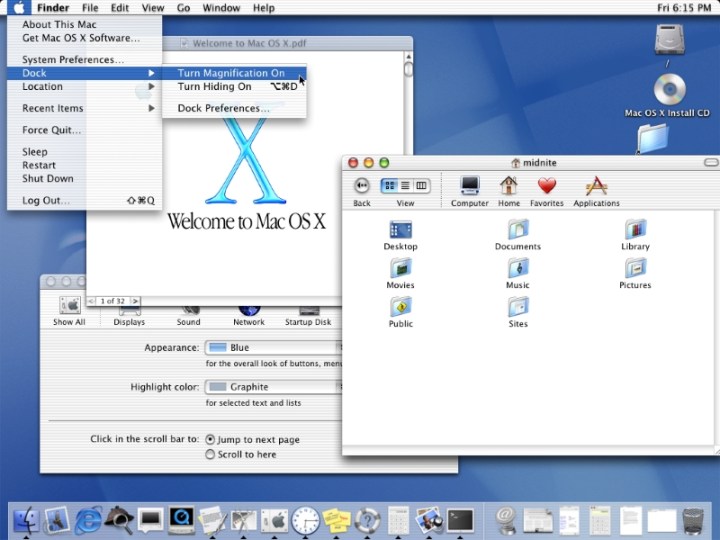
OS X didn’t get off to the most auspicious of starts with version 10.0 Cheetah in 2001, but you might not know it by looking at it. Cheetah introduced the Aqua interface, and its bubbly blue buttons and translucent menus instantly became iconic.
Yet it was riddled with issues, including poor performance (even on machines that met the minimum spec), freezes, kernel panics, and more. There was a disappointing lack of third-party Mac apps, and some people complained that those shiny new interfaces were hard to use.
That all coalesced into a feeling that Cheetah was simply undercooked and not ready for prime time. While its visual style was a revelation and created the playbook for future OS X releases, it probably needed a little more time in the oven before launching.
Best: OS X 10.4 Tiger (2005)

It may have come out more than 15 years ago, but OS X 10.4 Tiger introduced features that are still in use today. Spotlight, Automator (which paved the way for Shortcuts), and VoiceOver all got their start on Tiger, alongside a huge range of new and improved tools and features that made the operating system widely popular.
Tiger also launched around the time Apple began its transition away from PowerPC chips and onto Intel processors. To help facilitate that, Tiger contained the first version of Rosetta, a built-in tool that could automatically read and run apps designed for PowerPC chips on Intel Macs. It was a piece of forward-thinking that returned when Macs made the move to Apple silicon.
Tiger was so popular, in fact, that Apple didn’t feel the need to replace it for a massive 30 months — the longest such stretch for any version of Apple’s Mac operating systems. That’s a testament to how fondly it was received by users the world over.
Best: OS X 10.6 Snow Leopard (2009)
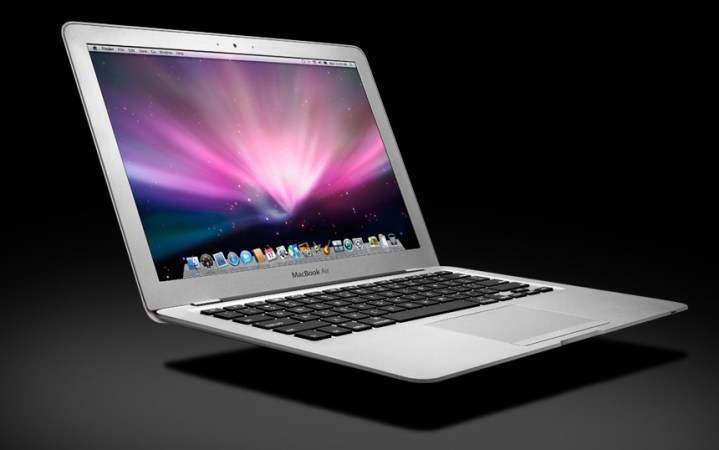
Mention Snow Leopard to any Apple old-timer and you’ll see their eyes glaze over as they regale you with stories of this celebrated operating system. Its reliability and functionality have become the stuff of legend, even close to a decade and a half since its launch. You can’t say that about every version of the Mac operating system.
Unusually, Apple advertised Snow Leopard as having “zero new features,” and instead poured all of its efforts into improving performance and efficiency. Software processes from OS X 10.5 were extensively rewritten and apps were made speedier, all while the visual style remained practically unchanged from its predecessor. And on top of that, the price was slashed from $129 to a mere $29.
Snow Leopard’s reputation has been somewhat mythologized since its launch, and there were plenty of complaints at the time. But by focusing on stability and functionality, Apple scored a serious home run that still makes Mac veterans nostalgic.
Worst: OS X 10.7 Lion (2011)

With the long delays in launching a new Mac Pro, Apple has been accused of ignoring the needs of its pro users. But that’s not a new thing, as OS X 10.7 Lion from 2010 showed. This version of the Mac operating system automated several actions, like saving files and closing apps, that were previously done by the user. While that might be handy in some situations, it also took away control from users, resulting in unwanted saves overwriting existing versions of files. Worse, there was not even any way to disable autosave.
If an app hadn’t been used for a while, meanwhile, Lion would automatically close it — which was a real pain if you were multitasking and had to keep reopening your apps because the operating system kept closing them.
The problems were such that when Apple released OS X 10.8 Mountain Lion in 2012, it focused heavily on refining the user experience and putting right some of the mistakes made in Lion. For a massive company like Apple, that must have been humbling.
Best: OS X 10.8 Mountain Lion (2012)
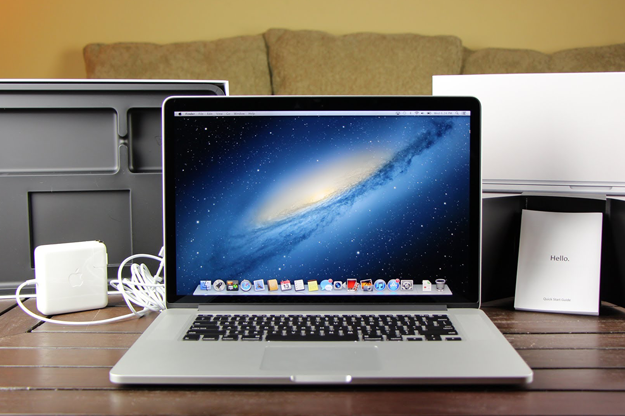
Like Snow Leopard, Mountain Lion was another “refinement” release that aimed to improve on its predecessor and ramp up the usability of the operating system. And it succeeded in a big way, almost immediately being recognized as a major enhancement over OS X 10.7 Lion.
Compared to Lion, Mountain Lion was far more stable and pleasant to use. But it didn’t just put right past mistakes — it added a boatload of new features. Notification Center was the most prominent addition, but Messages and Notes came across from iOS, while system features like Power Nap and AirPlay Mirroring also made their debuts.
Mountain Lion showed that Apple could refine its operating systems and add new features, and that combination proved to be a winner at the time.
Worst: OS X 10.10 Yosemite (2014)
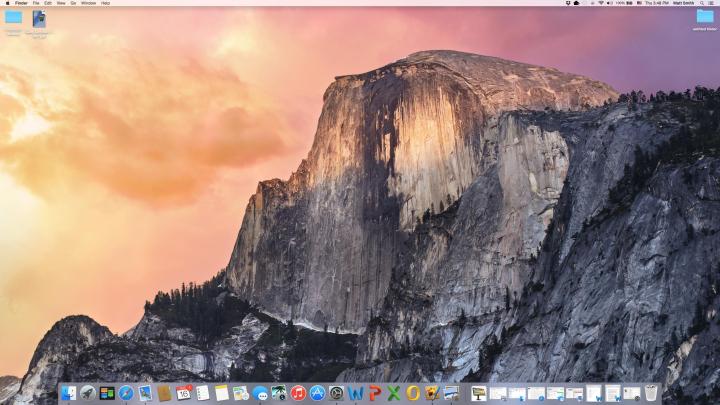
OS X 10.10 Yosemite was the first major visual update to OS X in a few years, ditching the metallic sheen of 10.9 Mavericks for a flatter, more subdued appearance. The death of skeuomorphism was welcomed at the time, but not everything came up smelling of roses.
Yosemite introduced a lot of fresh features, but that focus on new elements led some people to lament the lack of focus on what was already there — and the reliability of the operating system. There were problems galore, from network stability issues to a bug that would crash your Mac when a certain Arabic text string was entered into apps.
The problems were such that prominent developer Marco Arment claimed Apple had “lost the functional high ground” over Windows. “I suspect the rapid decline of Apple’s software is a sign that marketing is too high a priority at Apple today,” he wrote. “Having major new releases every year is clearly impossible for the engineering teams to keep up with while maintaining quality.” The post quickly went viral, and while Arment came to regret its spread, his post clearly resonated with a lot of Mac users.
Best: macOS 10.12 Sierra (2016)

When you think back to macOS 10.12 Sierra, perhaps the most obvious thing you’ll remember is the name. It was the first time Apple used the “macOS” branding, dropping OS X and bringing its Mac naming style in line with that of its other systems (such as iOS and tvOS).
But that’s not what made it a great release. Sierra is one of the best versions of macOS because of what it introduced. That includes Siri on the Mac, Auto Unlock to unlock your Mac using an Apple Watch, and Night Shift, which automatically reduced blue light late at night. There was Picture in Picture and the Universal Clipboard, plus the first look at the APFS file system that modernized Mac storage.
Sierra was an important release both on the surface and under the hood, with a bunch of features that are still well-loved today. It was an impressive way to kick off the macOS era.
Worst: macOS 10.13 High Sierra (2017)
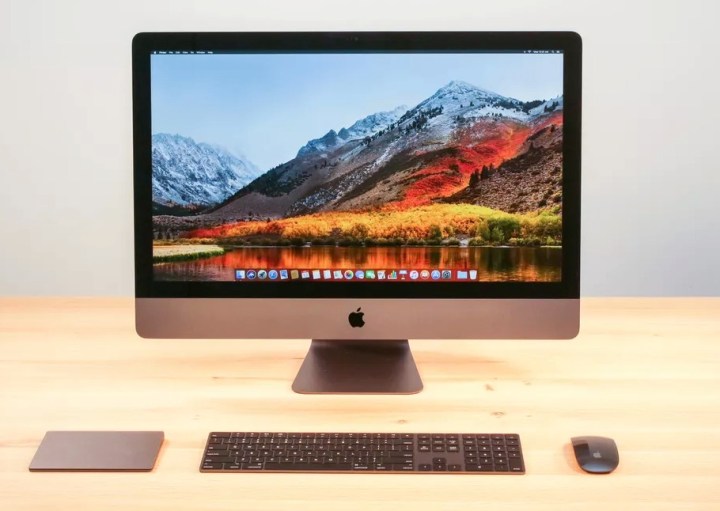
Like OS X 10.8 Mountain Lion, macOS 10.13 High Sierra was intended as an incremental improvement over its predecessor, with a strong focus on stability. Unfortunately, that hope proved to be somewhat misguided.
Remember the root vulnerability? It allowed anyone to simply enter the username “root” in the macOS login screen and gain access to the all-powerful root account, without even needing to type in a password. As crazy as it sounds, it seems like Apple somehow overlooked this vulnerability, resulting in a fix being rushed out to patch it.
That’s not all. The WindowServer process had a large memory leak that led to noticeably degraded graphics performance and laggy animations, while DisplayLink suffered from a bug that prevented users from extending more than one external monitor. All in all, High Sierra’s emphasis on refinement doesn’t look so peachy in retrospect.
Best: macOS 10.14 Mojave (2018)
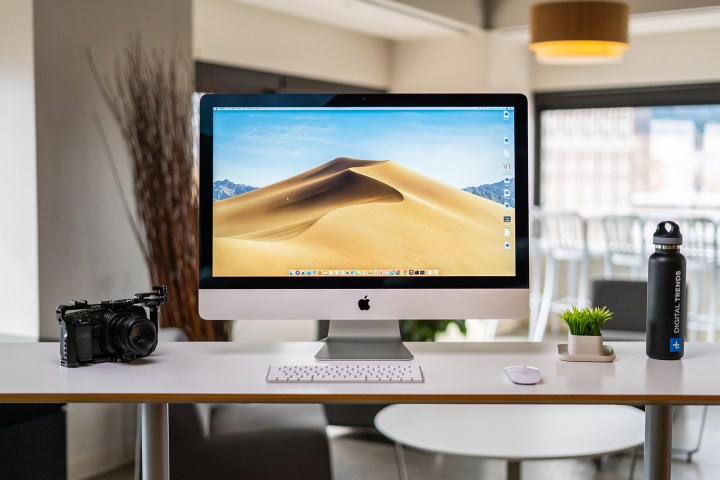
While macOS Sierra was the start of a new era, macOS 10.14 Mojave was the last of its kind. It was the final version of macOS to support 32-bit apps, and as such is cherished by a small subset of users who could not or would not update their apps to run on 64-bit operating systems.
There was much more to Mojave than that, though. It was the first version to feature Dark Mode, which people still love today. Huge piles of files on your desktop could be grouped into Stacks, making things appear much neater (even if they actually weren’t). The App Store was totally remade and got editorial content, while a handful of apps were transferred from iOS to the Mac (although they were far from perfect at the time).
Mojave was one of those editions that never really screamed and shouted to get attention, yet its consistency and thoughtful, incremental changes made it a firm favorite. As the old Steve Jobs adage went, “It just works.” Sometimes, that’s just what you’re looking for.
Worst: macOS 10.15 Catalina (2019)
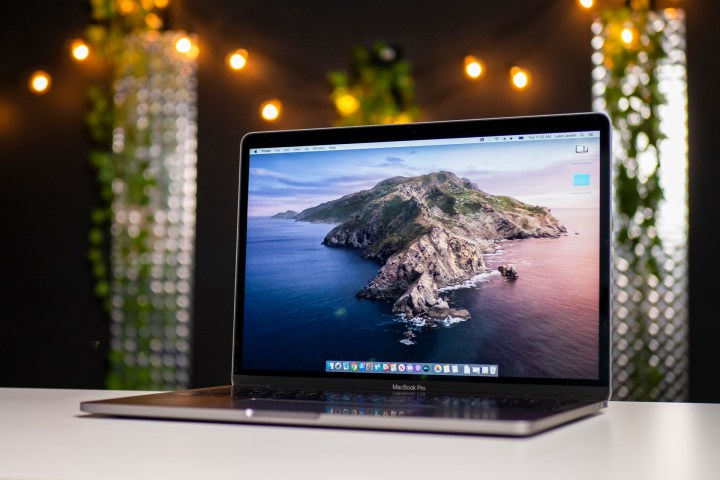
Released in 2019, macOS Catalina wasn’t a terrible launch for Apple. It had plenty of positives, including the introduction of Sidecar and Find My, better security features, and more. But if you’ve used Catalina, there’s one thing that probably makes all that seem irrelevant: its incredibly annoying pop-ups.
Let’s say you’ve got an app that you’ve told to open a file on your desktop. Mojave would insist you needed to grant it permission first, then did the same for every single other app that wanted to do the same. The alerts would often appear even when the app didn’t seem to be trying to do anything at all. They were a constant barrage of irritating distractions, akin to Windows’ much-mocked User Account Control pop-ups. Just trying to use your Mac in a normal way became annoying.
Apple has always prided itself on the security of its Macs, but this was one case where it swung wildly away from convenience and too far into security territory. Fortunately, it seems to have found a much better balance these days.
Editors' Recommendations
- Does your Mac need antivirus software in 2024? We asked the experts
- Don’t download the latest macOS Ventura update just yet
- I was wrong about using Stage Manager on Mac
- Apple quietly backtracks on the MacBook Air’s biggest issue
- The 6 best ways Macs work with your other Apple devices




